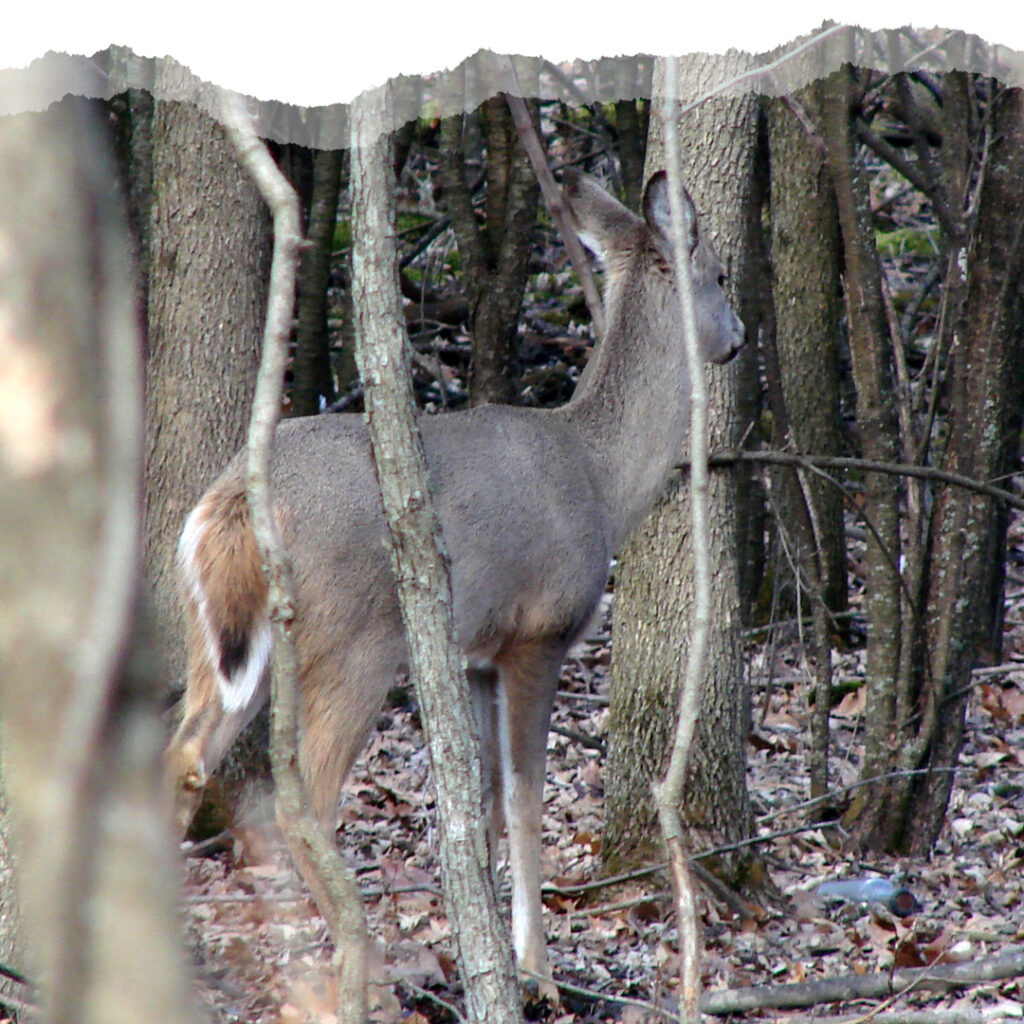Where to find the Whitetail Deer.
Whitetail Deer are a wondrous and beautiful subspecies of deer found throughout numerous regions of the world, including North and South America as well as Europe. Given this array of territories, whitetails are able to thrive in diversified habitats; these habitats include forests, tropical savannas, and wetlands that are all temperate with mild weather conditions. Being herbivores, they live off the land that they occupy; their vegetarian diet consists of primarily legumes, leaves, and cacti as well. The lifespan of a Whitetail deer varies from 2 to 20 years after their population was once severely depleted specifically in the United States as a result of insufficient hunting laws; as of today, the whitetail deer population is steady.

When does breeding season begin for the Whitetail Deer?
Moreover, breeding season begins in the fall months of late October and continues on until early November, with fawns born in the months of May and June; one to three fawns are born at a time. A young doe will stay with her mother for two years after birth, while young bucks stay with his mother for a single year. Whitetails typically reach a weight of 110 to 300 pounds, being recognized as the smallest subspecies of deer in North America. Nevertheless, whitetails demonstrate astounding frolicking and leaping capabilities; whitetails can reach up to 40mph and can bound a remarkable 8 feet into the air, while covering a span of 30 feet.

Easily recognize and understand the Whitetail Deer.
Whitetails have a notable reddish fur that grays in the winter, and bucks are easily recognizable through their antlers that they shed annually in the wintertime. In addition, Whitetail deer are mainly nocturnal, grazing at twilight or the breaking of dawn; the structure of their eyes is a contributing factor to this fact. A whitetails’ eyes biologically have more rods and fewer cones, enabling them to see exceptionally well at night. All of these noted traits allow Whitetail deer to evade their enemies consisting of bobcats, mountain lions, coyotes, and more that are dependent on the particular regions inhabited. Finally, named for the white underneath their tails that stand and become prevalent as they run, Whitetail deer are an incredible animal with many extraordinary facets to be studied and appreciated for all time.

